Big companies flock in, AI glasses usher in the 'iPhone moment'?
![]() 11/28 2024
11/28 2024
![]() 462
462

'Hundreds of glasses battle', who will be the first to create a hit?
Smart glasses are heating up again.
It has been 12 years since Google released its first smart glasses; during these 12 years, many tech companies have successively ventured into smart glasses but have consistently failed to meet users' high expectations.
It was not until last year that AI began to soar, and gradually intelligent voice assistants also sparked new life into smart glasses; all of a sudden, AI glasses became a popular track again.
Recently, both Baidu and Rokid, a leading domestic smart glasses manufacturer, have released AI-equipped smart glasses, and Xiaomi and Apple are also rumored to be entering the smart glasses research and development field; according to media reports, currently, OPPO, vivo, Huawei, Tencent, and ByteDance are all evaluating AI glasses projects.
Smart glasses have been 'lukewarm' for many years, so why have they suddenly become the 'darling' of AI implementation this year? Can smart glasses seize this wave and usher in a revolutionary transformation, the 'iPhone moment'?
01. AI glasses = camera + headphones + AI assistant?
Among the recently released series of AI glasses products, the most noteworthy are Baidu's 'Xiaodu AI Glasses' and 'Rokid Glasses', a collaboration between Rokid and the fashion glasses brand BOLON. The selling points of these two glasses directly target C-end consumers' daily lives, combining functions such as photography, audio, and AI dialogue.
Baidu's entry into AI glasses is a consistent adherence and exploration of its AI+hardware strategy. The AI capabilities of Xiaodu Glasses originate from ERNIE Bot, known as the 'most proficient in Chinese', seamlessly integrating with Baidu's application ecosystem, including Baidu Maps, search, and encyclopedia.
Rokid, known as one of the 'AR Four Dragons' along with Thundercomm, Nreal, and INMO, contributed 27.9% of domestic AR terminal shipments in 2023, ranking first in the industry. The newly launched 'Rokid Glasses' integrates the algorithmic capabilities of Alibaba's Tongyi Qianwen large model, enabling functions such as question answering and real-time translation. A relevant Rokid executive stated that this new product is entirely targeted at all consumers, striving for zero learning threshold and immediate usability.
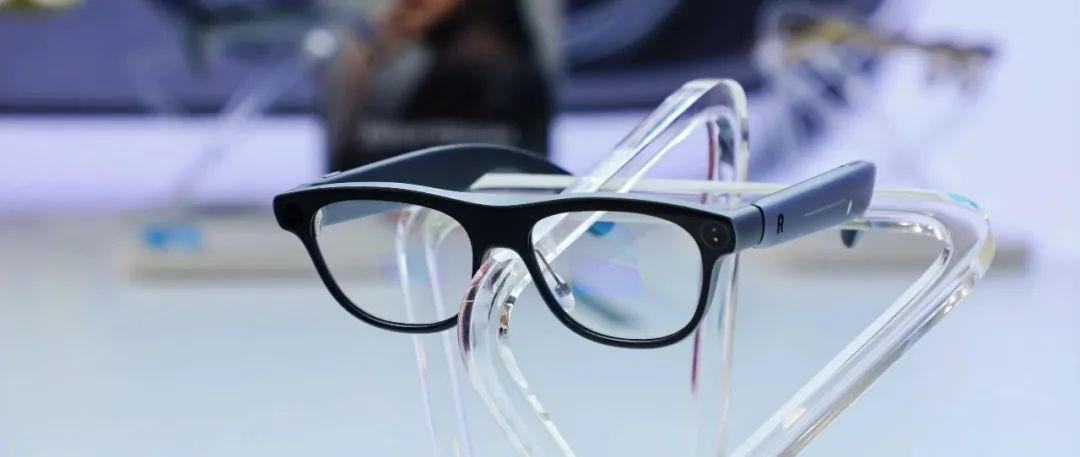
Image source: Weibo screenshot
Both products are scheduled for release in the first half of 2025. Rokid Glasses are priced at 2499 yuan, while the price of Xiaodu AI Glasses has not been announced, with rumors placing it around 2100 yuan.
From official statements and feedback from various parties, photo recognition, audio playback and recording, and AI invocation are the main selling points of Baidu and Rokid's new products. These three functions are also the prevalent development directions for domestic and foreign AI glasses at present; smart glasses are both cameras and headphones, while also serving as AI assistants that can help with translation and navigation.
The reason why AI glasses are 'open book' in these three areas is inseparable from the market success of Ray-Ban Meta smart glasses.
In October last year, Meta collaborated with Ray-Ban to launch AI glasses equipped with Meta's latest large model, Llama 2. As of May this year, global sales have exceeded 1 million units.
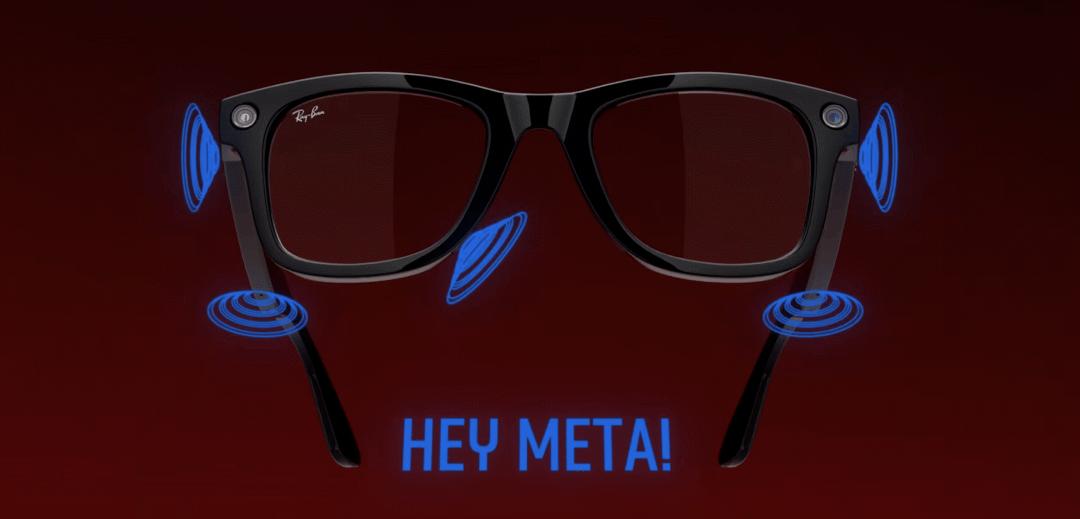
Image source: Weibo
Wang Sheng, a partner at InnoAngel Fund, mentioned, 'The latest data we have obtained is that sales of Meta's glasses have exceeded 3 million units this year. If things go well from now until Christmas, it is likely to sell up to 4 million units. This is already a terrifying figure in the smart glasses field.'
Before the emergence of Meta's product, no smart glasses had generated such market enthusiasm, attracting the attention of many tech companies; Xiaodu indicated that Ray-Ban Meta's market performance was also one of the important reasons for Xiaodu's decision to venture into AI glasses.
The product positioning and main selling points of AI glasses released by various companies after Meta have largely referenced Ray-Ban Meta. Taking Xiaodu AI Glasses and Rokid's new product as examples, both pairs of glasses adopt the design of everyday frame glasses.
In terms of weight, Baidu's and Rokid's new products weigh 45g and 49g, respectively, while Ray-Ban Meta weighs 45g, all very close to the weight of everyday glasses, targeting users' need for all-day wear.
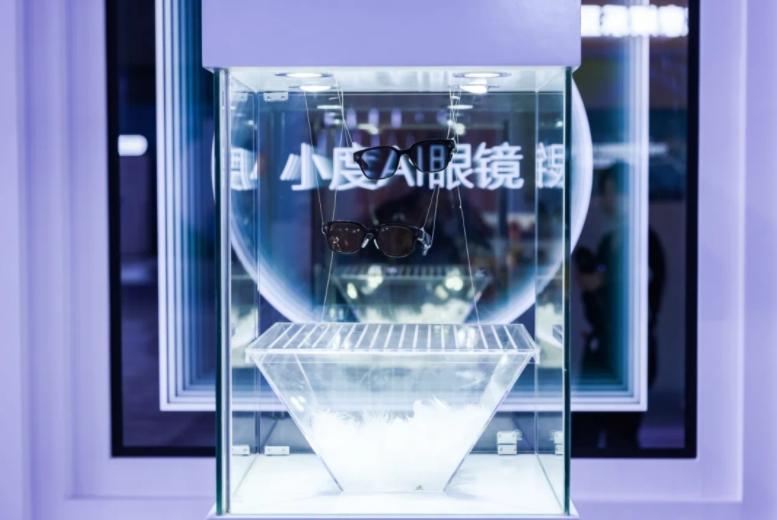
Image source: Baidu
Secondly, in terms of photography, Ray-Ban Meta has a pixel count of 12 million, while Xiaodu AI and Rokid Glasses have pixel counts of 16 million and 12 million, respectively. Although their photography standards are not as good as smartphones, they excel in the 'first-person perspective' that frees both hands, a feature that many vlog enthusiasts and video creators want to experience.
Previously, some Ray-Ban Meta users have mentioned that the glasses do not support long-term recording. A Bilibili uploader mentioned in a review, 'Ray-Ban Meta needs to be charged after about half a day of heavy use. If continuously recording videos, the limit is about half an hour.'
Therefore, battery life has become a major concern for many smart glasses users. Last year, Huawei launched 'Smart Glasses 2', which focuses on audio functionality, and some users have stated that 'Huawei's Smart Glasses 2 can play music all day with power to spare, but Meta's model only lasts two hours for music playback, requiring a charging case when going out.'

Image source: Bilibili screenshot
According to 'Interesting Business Insights', in the field of computer science, battery life, weight, and computing power form a relatively difficult-to-balance 'impossible triangle'; the same is true for smart glasses. The more functions, the higher the energy consumption, and increasing battery capacity is challenging without affecting the weight of the glasses.
Both Baidu and Rokid have optimized and improved battery life. Xiaodu AI Glasses announced a battery life of up to 56 hours, capable of continuous music playback or phone calls for over 5 hours; Rokid stated that the expected battery life at launch next year will be 4 hours, accompanied by a glasses case that can charge the glasses body 10 times, fully charging in just 20 minutes.
As for how much AI interaction functionality can assist daily life, more user feedback will be needed after mass production and sales; however, a blogger who has experienced Rokid Glasses mentioned that the current model's algorithm and question-answering capabilities still need improvement, mainly depending on the optimization speed of the large model manufacturers behind it.
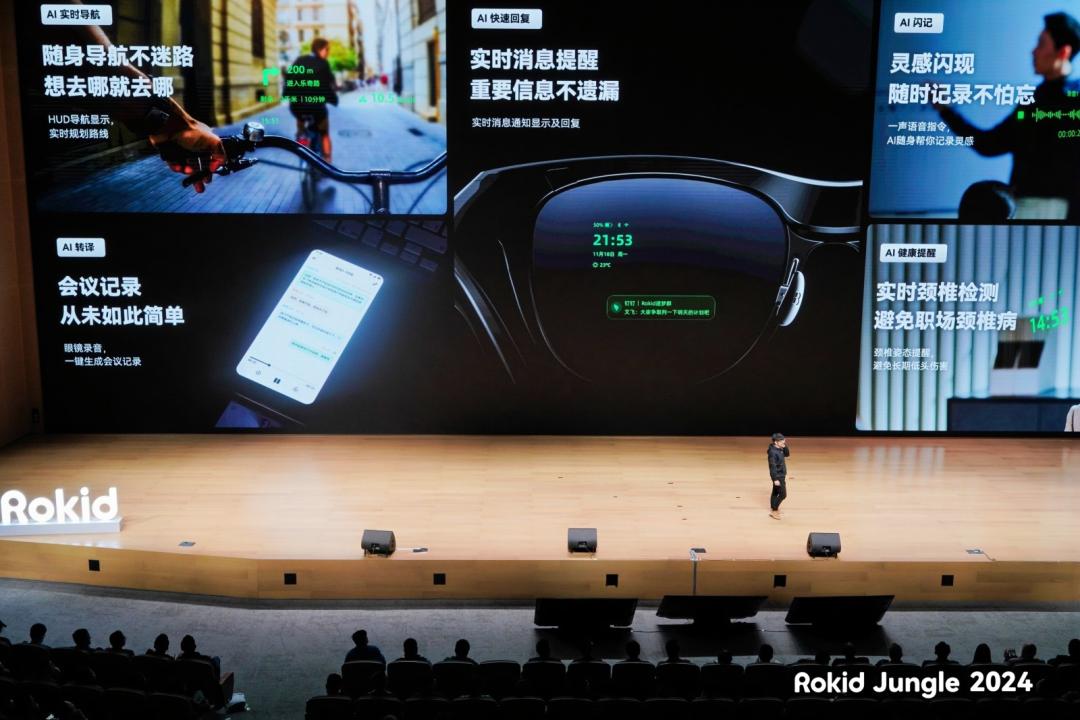
Image source: Rokid press conference
Another point worth mentioning is that among the current series of domestic smart glasses featuring AI functionality, Rokid's new product is one of the few that include 'display functionality' and fall under the category of AR glasses. Rokid Glasses' lenses can display WeChat notifications, navigation, and real-time translation subtitles. Xiaodu AI, Huawei's Smart Glasses 2, and Meta's Ray-Ban are purely AI glasses, with lenses that cannot display virtual information.
In addition, Rokid Glasses also integrate Alipay's 'voiceprint payment' function, and officials stated that users can activate ZhiXiaoBao to order taxis and buy coffee through voice commands.
02. AI glasses usher in the 'first year'
In addition to Baidu and Rokid, many tech companies are deploying smart glasses products this year. In April this year, the AR brand 'Linevision' released AI smart glasses Meta Lens Chat; in August, Xiaomi ecosystem enterprise Beebo Tech launched the Jiehuan AI Audio Glasses; in the same month, Thundercomm and Bossini Eyewear established a joint venture, with the first product expected to be released by the end of the year...

Image source: Weibo screenshot
'Interesting Business Insights' observed that currently, domestic manufacturers deploying smart glasses are mainly divided into three categories: consumer electronics enterprises represented by Huawei and Xiaomi, internet giants represented by Baidu and ByteDance, and AR glasses developers represented by Rokid and Thundercomm.
The first two categories of companies usually have self-developed large models and mainly launch AI glasses without 'display functionality' (non-AR category), aiming to find better implementation scenarios for their AI.
Xiaodu stated that nearly 700 million people in China wear glasses every day, and users have almost no significant habit migration costs from traditional glasses to smart glasses.
QuestMobile's 'Insights into the Intelligent Development of Hardware Terminals in 2024' mentioned that the cost of generative AI inference terminals has surged, driving continuous growth in the broader smart hardware sector. Not only have smartphones, computers, and automobiles integrated large models, 'wearable devices' represented by 'glasses' and 'headphones' have also become the 'best carriers' of AI in the eyes of many manufacturers.
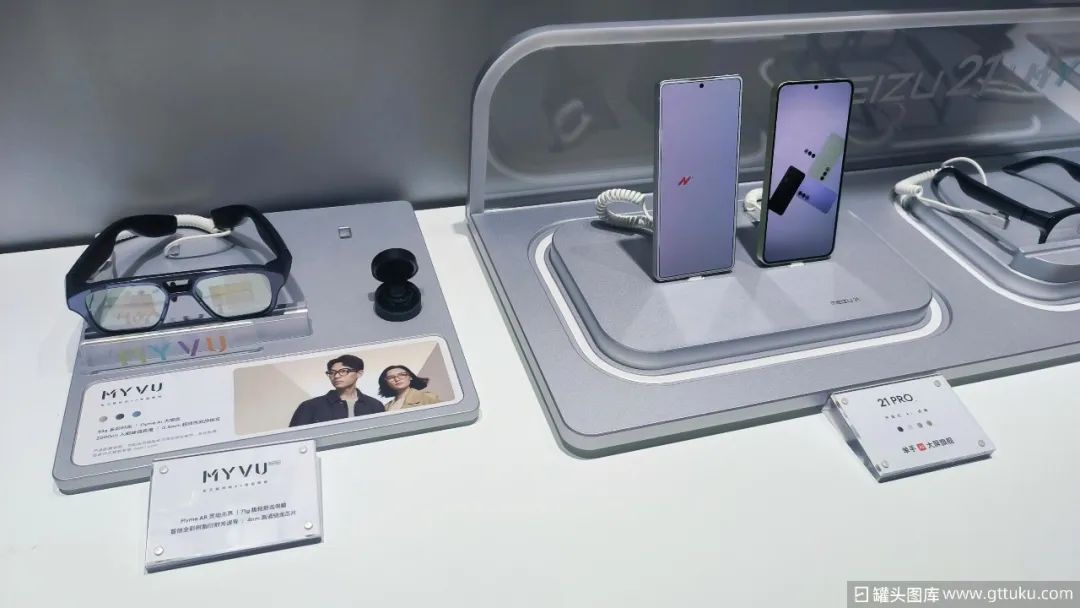
Image source: Canstockphoto
Wang Sheng believes that AI glasses without display functionality have relatively low technical thresholds and production costs, making them more suitable for internet companies without a hardware gene. 'Pure AI glasses are lightweight products with relatively simple hardware composition. The frame mainly houses a camera, microphone array, headphones, battery, and processor. The production and assembly of these components are relatively simple for domestic supply chain manufacturers.'
If it's an AR glasses, optical modules need to be added on top of these components, resulting in a 'leapfrog' increase in technical difficulty and cost.
A relevant report released by Runto Technology defines this type of 'AI glasses without display functionality' as audio glasses; report data shows that in October 2023, after AI smart audio glasses represented by Huawei Smart Glasses 2 entered the market, they significantly drove overall sales of the category.
From January to July 2024, the cumulative sales of smart audio glasses in the Chinese online market (excluding Pinduoduo, Douyin, and Kuaishou) were 70,000 units, a year-on-year increase of 45.3%; sales revenue was 81.6 million yuan, a year-on-year increase of 57.6%.
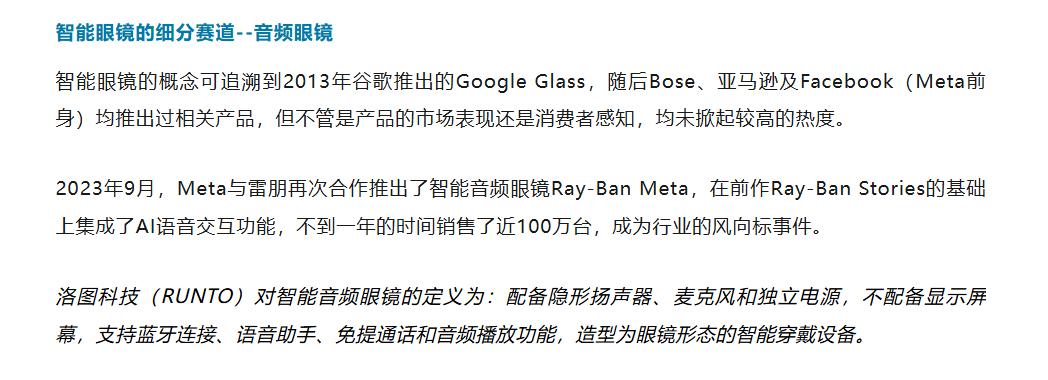
Image source: Runto Technology report screenshot
However, as more and more tech giants enter the market, the brand landscape may further change.
ByteDance released its first AI smart body headset, Ola Friend, equipped with its self-developed Doubao large model in October. According to 'LatePost', ByteDance is also developing AI glasses, with a former core large model figure from an internet company collaborating on research and development.
In addition, according to 36Kr, Xiaomi is collaborating with GoerTek to develop new AI glasses, fully benchmarking Meta Ray-ban, with an expected release in Q2 next year. Lei Jun expects shipments of this model to exceed 300,000 units.
The entry of leading internet giants has made the racetrack especially hot; if 2023 was the 'first year of generative AI', then 2025 will undoubtedly be the 'first year of AI glasses'.
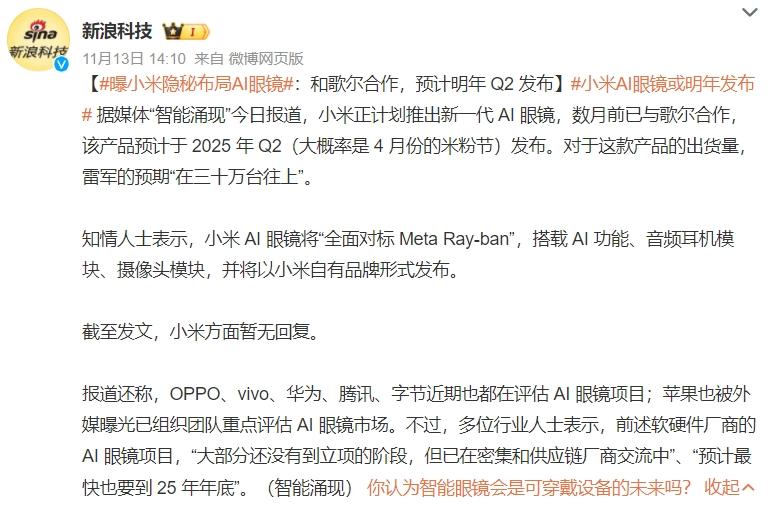
Image source: Weibo screenshot
Recently, media reports have indicated that due to insufficient internet data, the training of OpenAI's large model is showing signs of hitting a bottleneck; Wang Sheng believes that glasses equipped with large models are also very suitable for these internet companies to collect real-world scenario data.
'The data in the digital world is almost exhausted, but there is still potential to mine in multimodality. Human perception and output of the environment are mainly concentrated on the face, and AI glasses are very suitable for acquiring human behavior data, which is very helpful for the learning and optimization of large models.'
However, involving user information collection often raises concerns about 'privacy and security'. According to media reports, two Harvard students found through experiments that with the aid of data tools, Ray-Ban Meta can easily obtain a large amount of information from passing strangers, including names, addresses, phone numbers, and even family information, all within seconds.

Image source: Xiaohongshu screenshot
In addition, many users have also expressed concerns about 'AI glasses facilitating secret filming'. 'Interesting Business Insights' understands that current methods to prevent secret filming with AI glasses mainly involve LED indicators and shutter sounds during recording; however, in practical use, their concealment is similar to ordinary sunglasses, making it difficult for observers to detect. To solve this problem, manufacturers still need to continuously optimize and adjust their products.
03. Will AI glasses eventually become AR glasses?
AR glasses developers represented by Rokid and Thundercomm have mostly been deeply engaged in the AR field for many years. Since AR glasses inherently possess voice interaction capabilities, equipping them with AI is a natural choice for AR glasses manufacturers.
However, due to factors such as weight and technology, current AI glasses with display functionality can only achieve monochrome display. For example, Rokid Glasses currently only support single-green display. This means their AR experience is relatively limited.
Precisely because of this, many users habitually compare AI-equipped AR glasses with pure AI glasses in terms of functionality and price. In reality, the product logic of the two is different. Lei Hongwei, CEO of Thundercomm, once mentioned that AI glasses must first be comfortable and reliable to wear, and only then can they be considered intelligent devices with AI functionality.
"The weight of 'glasses' and 'intelligence' in AR glasses may be 5:5, but in AI glasses, the former's weight is much higher than the latter. It's crucial to first address users' daily needs for 'glasses' before incorporating AI and intelligence modules." According to a relevant responsible person from Rokid, the primary difference between these two types of products lies in their interaction methods. "AI glasses use VUI (Voice User Interface), primarily interacting through voice, TTS (Text-To-Speech), and indicator lights. AR glasses, on the other hand, use GUI (Graphical User Interface), primarily interacting through display, touch control, voice, and TTS." AR glasses have a broader range of application scenarios compared to pure AI glasses.

Image source: Rokid
Many practitioners believe that humans receive 80% of their information through vision. Without visual interaction, even the most powerful AI features cannot become a new entry point for humans to access information and services. Therefore, AR glasses are considered the ultimate form of smart glasses.
"AR is the best carrier for AI, and AI is the best interaction for AR. These are likely to be the two core technologies that will most change consumer electronics and our terminal experience in the next decade," said Xu Chi in an interview.
Wang Sheng believes that AR glasses and AI glasses will coexist for some time, but manufacturers focusing on AI glasses will surely add visual features in the future, making AI glasses inevitably have display functions. "This has basically become an industry consensus this year."
AR glasses and AI glasses may belong to the same track in the future, but currently, they face a common challenge: how to achieve large-scale commercialization.
Xu Chi, the founder of XREAL, believes that it will be difficult for AI glasses to profit solely through hardware. Some practitioners say that this is essentially related to the untapped sales market. "Low shipment volumes lead to high supply chain costs, making it challenging to offer affordable prices."

Image source: CanTouTuKu
Xia Bing, COO of Dr. Glasses, believes that finding a balance between brand positioning, hardware and software revenue allocation, and current and future time dimensions should be a challenge for all AI glasses participants.
Wang Sheng said that it remains to be seen whether domestic AI glasses can achieve sales breakthroughs like Meta glasses. "If prices do not drop significantly, such as to the three-digit range, it will be difficult for smart glasses to move beyond niche markets."
In addition, Wang Sheng mentioned that the success of the Meta and Ray-Ban collaboration is closely related to local consumption habits. "Firstly, purchasing glasses from optometrists in the US is covered by medical insurance. The average price of Ray-Ban glasses is around $150-$200, and the starting price for the Meta collaboration is $299, not much higher than previous Ray-Ban products. Additionally, in the US, there is a habit of giving consumer electronics as holiday gifts."
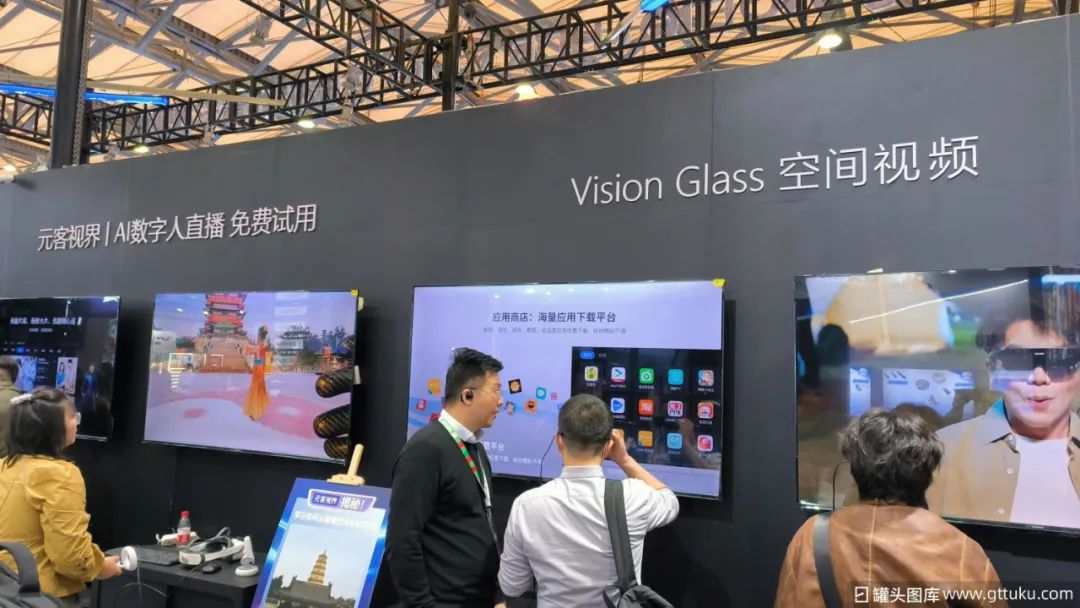
Image source: CanTouTuKu
Liang Zhenpeng, a senior technology industry analyst, said that the development of the AI glasses industry faces several challenges, the biggest being technological maturity and stability. Additionally, AI glasses need to consider privacy protection, data security, and user experience, which must be fully addressed to achieve large-scale commercialization.
It is uncertain how large a market smart glasses can capture in China, but it is certain that with the clustered release of related products and more manufacturers entering the market, people's awareness of smart glasses and category penetration will continue to increase, and average product prices are likely to continue to decline. In this hot market, it should become clear next year which player will gain the upper hand in terms of price and product strength.








